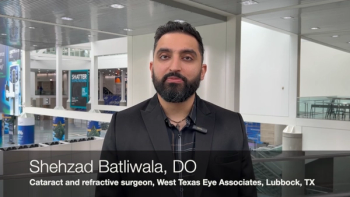
Shehzad Batliwala, DO, known to his patients as Dr. Shehz, appeared on the ASCRS Foundation Symposium, where he discussed performing refractive surgery in low-resource, high-risk areas.

Shehzad Batliwala, DO, known to his patients as Dr. Shehz, appeared on the ASCRS Foundation Symposium, where he discussed performing refractive surgery in low-resource, high-risk areas.

A novel vitrectomy device shows promising safety and efficacy in the targeted removal of symptomatic vitreous opacities in pseudophakic eyes
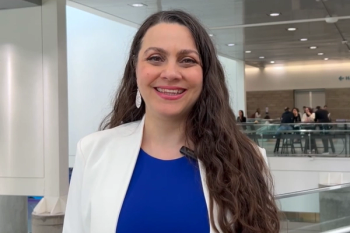
Lisa Nijm, MD, says preoperative osmolarity testing can help clinicians manage patient expectations and improve surgical results.
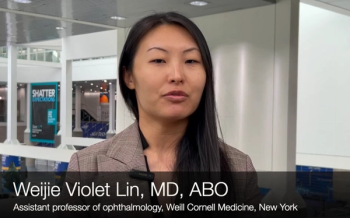
The retrospective study assessed corneal cross-linking complications at Wills Eye Hospital from 2018 to 2023.

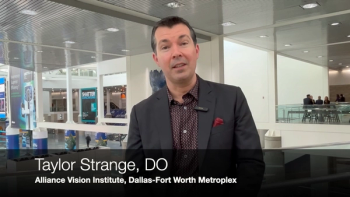
Use of the LENSAR Ally femtosecond laser for arcuate incisions was associated with improved early visual outcomes and reduced need for postoperative adjustments in premium IOL patients.
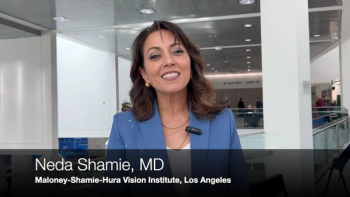

Patricia Buehler, MD, MPH, presented a poster and two patient films at the ASCRS annual meeting, focused on minimally-invasive blepharoplasty device Ziplyft (Osheru).

AI’s use in diagnostic tools, surgical guidance, and its ethical considerations in ophthalmology are transforming the field
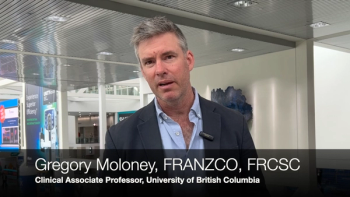
A study reports minimal rotation and improved near vision following implantation of the Eyhance toric lens.
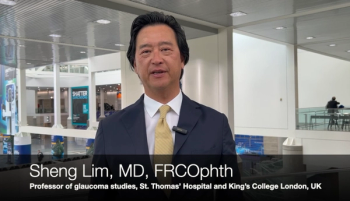
Sheng Lim, MD, FRCOphth, discussed the CONCEPT study, which compared standalone cataract surgery to cataract surgery with ECP.

Data show excellent refractive stability, strong visual acuity across all distances, and contrast sensitivity comparable to monofocal IOLs.
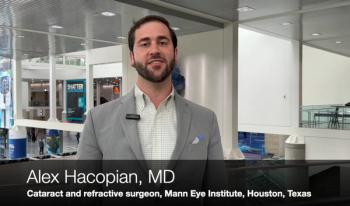
Alex Hacopian, MD, speaks about patient-reported outcomes from a presbyopia-correcting IOL at the 2025 ASCRS annual meeting.
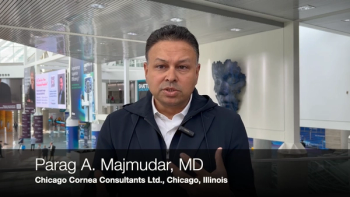
Majmudar encourages young surgeons to seek hands-on experience early and often, stressing the importance of real-world practice beyond the classroom.
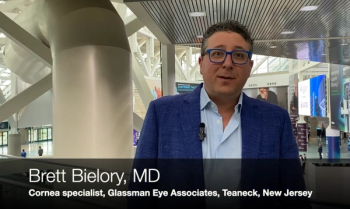
Brett Bielory, MD, discusses his poster at the ASCRS annual meeting, which focuses on an under-diagnosed corneal pathology: neurotrophic keratitis.
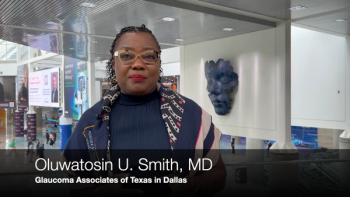
Explore innovative glaucoma treatments and technologies, including AI, home monitoring, and new surgical options, to enhance patient care.

For patients with high myopia, an implantable ICL offers certain advantages over LASIK or other traditional refractive surgeries, Dr. Kim said.

ENTOD Pharmaceuticals launches Myatro XL, a 0.05% atropine eye drop, to effectively slow myopia progression in children, available by prescription in 2025.
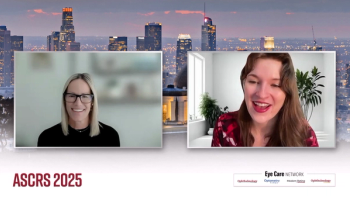
A new event called SightLine and a series on adoption, implementation, integration (AII) draw the attention of ophthalmic administrators.

The FDA did not agree with a supplemental Biologics License Application for the addition of extended dosing intervals of up to 24 weeks across currently-approved indications.

Abby Markward, MBA, executive director of the ASCRS Foundation and ASOA, discusses the foundation's global initiatives and the ASCRS Party for a Purpose.

In the European Union and United Kingdom, aflibercept 8 mg (Eylea HD in the US) is currently approved for neovascular age-related macular degeneration and diabetic macular edema

Nordic Pharma plans to announce commercialization details in the near future for the dry eye disease treatment

The approval makes ILM-Blue the first DORC posterior dye product available in China, according to a press release from Zeiss.

The lens will be available with the Monarch IV manual delivery system in Q2 and the AutonoMe Automated Pre-Loaded Delivery System in Q3.

Neurologist warns about recurrent optic neuritis attacks.
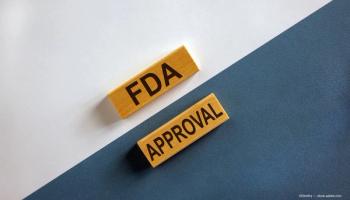
ENCELTO is the first and only FDA-approved treatment for MacTel.

Researchers indicated that pediatric patients with Leber congenital amaurosis experienced improvements in vision.
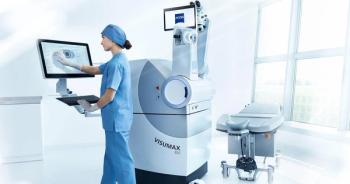
The device offers a shortened procedure time and efficient, effective SMILE for patients with myopia, with or without astigmatism.

The biosimilar to aflibercept (Eylea) had already received approval in the EU and US.